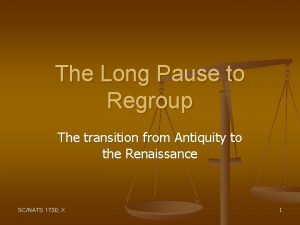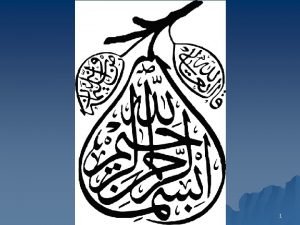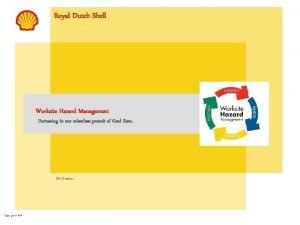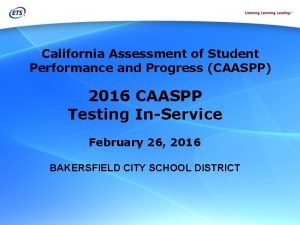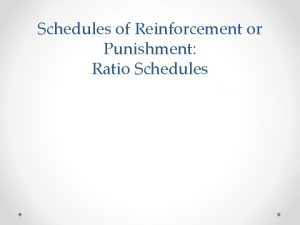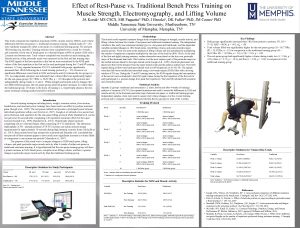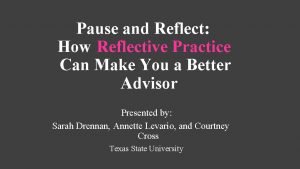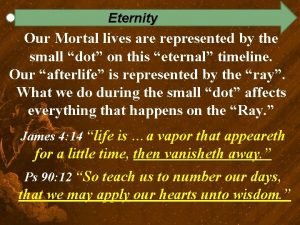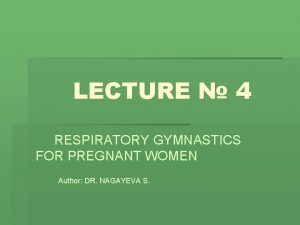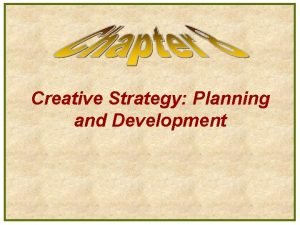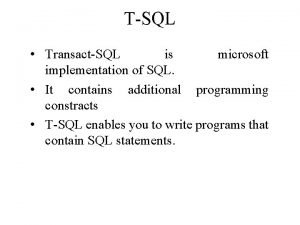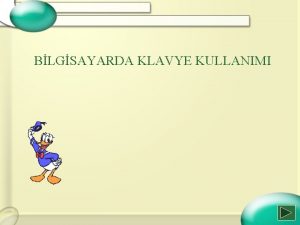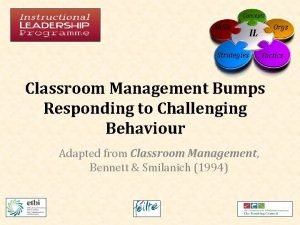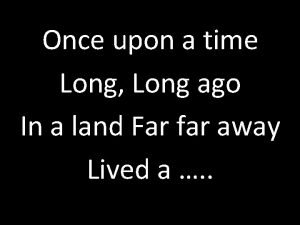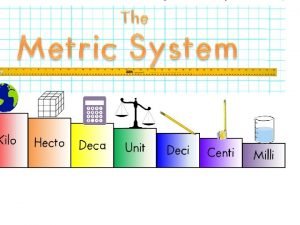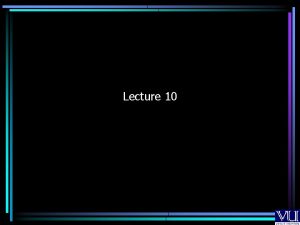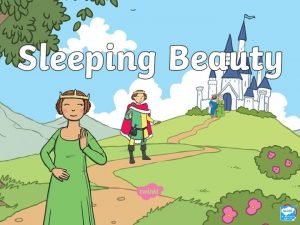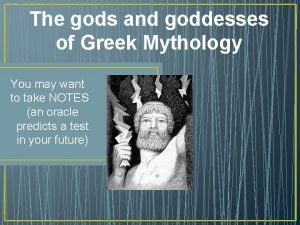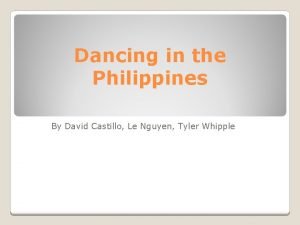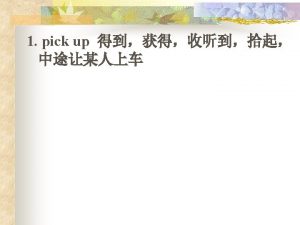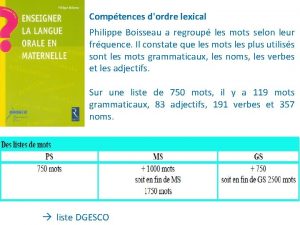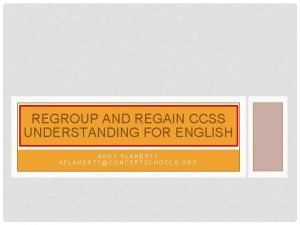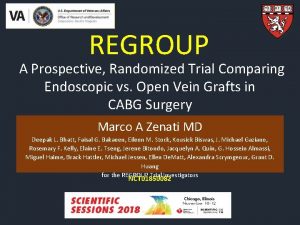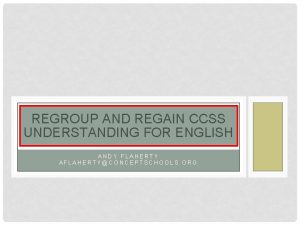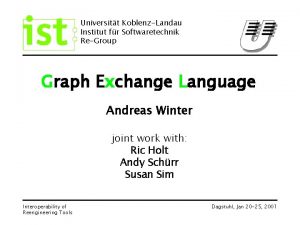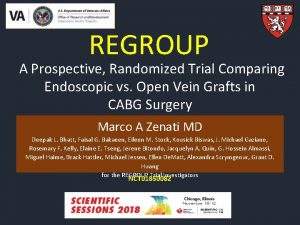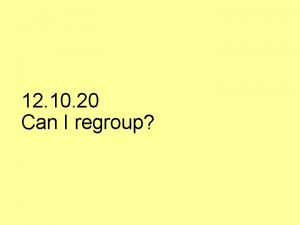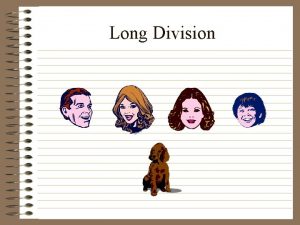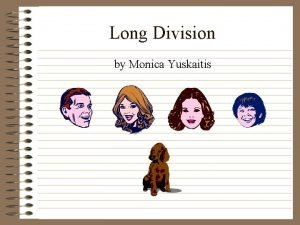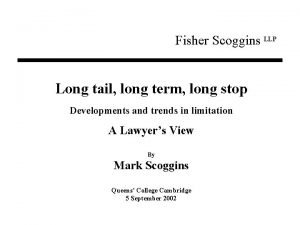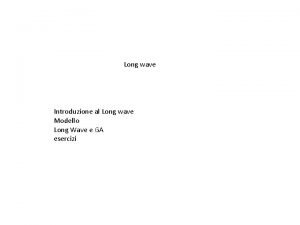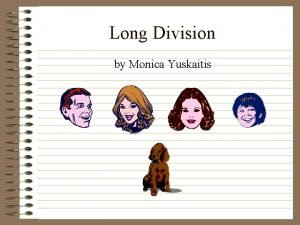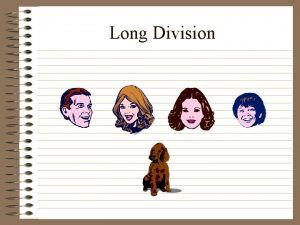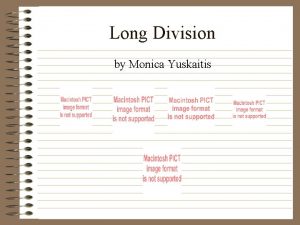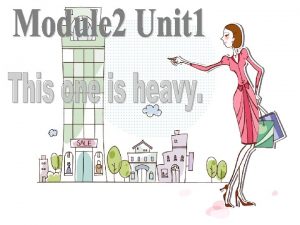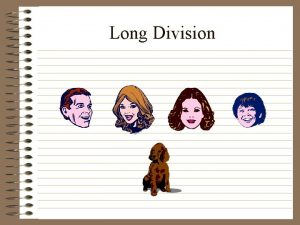The Long Pause to Regroup The transition from





































- Slides: 37

The Long Pause to Regroup The transition from Antiquity to the Renaissance SC/NATS 1730, X 1

The standard cosmic view n A framework for scientific thinking was laid down in the ancient Greek civilizations. n n Plato, Aristotle, Euclid, Ptolemy The worldview developed then became the standard for 1500 years or more until the Renaissance in Europe. SC/NATS 1730, X 2

Rome n Italian peninsula occupied by 1000 BCE by Latin speaking tribes n 800 BCE: Greeks arrive in south n Etruscans in north n n Rome became a republic in 509 BCE n Power invested in a Senate SC/NATS 1730, X 3

Roman Technology n Romans were great engineers n n Roads, aqueducts, buildings, cities The Rule of Law n The authority of Roman government was based upon written laws enacted by its senate. SC/NATS 1730, X A surviving Roman aqueduct at Nîmes in France. 4

Roman Science n n "Greek science written in Latin" Transmitted to Rome in the Hellenistic period (300 BCE - 200 CE) n Mostly via the Museum in Alexandria and those trained there. SC/NATS 1730, X 5

Biological Science n Herophilus of Alexandria (250 BCE? ) n n Dissection of live human bodies Galen (b. 129 CE) Worked in Roman Empire n Sought principles of medicine n Wrote definitive treatise on anatomy and physiology n n Became the standard text for over 1400 years SC/NATS 1730, X 6

The Julian Calendar n n Introduced 45 BCE, by Julius Caesar 365 -day year with leap years every fourth year Much better than all previous calendars Recognition that the year is not evenly divided into days. SC/NATS 1730, X 7

Encyclopaedists n n n In the late Roman Empire. Attempted to write down “everything” they knew in “Epitomes. ” Often totally disorganized, but great source for historians to figure out what people knew and believed. SC/NATS 1730, X 8

Martianus Capella n An exception: Martianus Capella’s organization of knowledge into the 7 Liberal Arts n Trivium n n Grammar, Dialectic, Rhetoric Quadrivium n Geometry, Arithmetic, Astronomy, Music SC/NATS 1730, X 9

The Roman Empire at its height SC/NATS 1730, X 10

Byzantium n n In 395 C. E. , the Roman Empire was divided into an Eastern and a Western branch. The Eastern Empire, “Byzantium, ” based in Constantinople, thrived, lasting until 1453. n Largely Greek influence SC/NATS 1730, X 11

Emperor Justinian 527 -565 n Emperor of the Eastern Roman Empire n n Called later the "Byzantine Empire" Justinian tried to re-unite the Eastern and Western empires, unsuccessfully Tried to establish Latin across his empire. n After his death, Greek became the official language. n SC/NATS 1730, X 12

The Corpus Juris n Justinian commissioned a summary of Roman Law. Part of his effort to re-unite the empire. n Was completed by a team of scholars in only eight years, but was a fraction of the body of law. n n Centuries later, in the west, the Corpus Juris was taken to be the final and perfect expression of Roman Law. SC/NATS 1730, X 13

The Byzantine Empire n Successfully defended itself from attack from North, East, and West when other cultures fell. n n Superior knowledge of military technologies, not involving guns. Finally fell to the Ottoman Turks in 1453 Famous victory for guns. n One of the traditional dates for the end of the Middle Ages and the beginning of the Modern Era. n SC/NATS 1730, X 14

Greek Fire n n A Byzantine terror weapon. A petroleum based liquid. n Caught fire when it hit the water. It was a mainstay of Byzantine defence from both Arabs and Slavs from as early as the 7 th century. SC/NATS 1730, X 15

The Decline of the (Western) Roman Empire n n The Roman Empire had spread across Europe, North Africa, and the Near East during the thousand years from 500 BCE to 500 CE. The western empire then collapsed, leaving a governmental void across much of Western civilization. SC/NATS 1730, X 16

The Fall of Rome n n Many reasons are given for the fall of the Roman Empire. Possibly they were no longer able to feed themselves by importing food from their colonies. SC/NATS 1730, X Ruins of Leptis Magna (now in Libya). A great city in a region that supplied food to Rome. Overfarming made the land unproductive. It is now a desert. 17

Europe in the Dark Ages n The period between antiquity (ancient times), marked by the fall of Rome around 500 C. E. , and the beginning of the modern era (around the middle of the 15 th century) is called the Medieval period, or the Middle Ages. n n The first 500 years of that is called the Dark Ages (about 500 -1000 C. E. ). During this time Europe was overrun by nomadic tribes from the north and west. Literacy was lost, farming techniques forgotten, infrastructure deteriorated. Villages became isolated from each other. SC/NATS 1730, X 18

Charlemagne n n n Europe began to recover under Charles the Great (Charlemagne). In 800 he was crowned Holy Roman Emperor. He saw illiteracy as one of the major problems facing Europe. SC/NATS 1730, X 19

Schools n Charlemagne founded schools in cathedrals all over Europe. The language of instruction was Latin. n The curriculum was the seven liberal arts, using Martianus Capella’s work. n n When Charlemagne died many of his reforms were lost, but some of the schools remained and became the bases of later European universities. SC/NATS 1730, X 20

The Heavy Plough n n n Innovation of the 6 th century. Had a curved blade that lifted the soil onto a mouldboard, which flipped it over. Good for breaking up the heavy clay-laden soils of northern Europe. Required about 8 oxen to pull. Fostered small collectives of farmers to afford a plough. SC/NATS 1730, X 21

The horse in warfare n n The introduction of the stirrup (invented in Asia) to Europe in the 7 th century made horses suitable for warfare. A rider could ride into battle on horseback and fight with lance or sword without falling off the horse. SC/NATS 1730, X 22

The horse harness n The horse was an effective terror weapon, giving an advantage like a modern tank. n n But horses were expensive to maintain and of less use in peacetime. The horse could not be used in agriculture until the invention of a harness that would enable the horses to pull a plough without choking. SC/NATS 1730, X 23

Symbiosis and the feudal system n n Farmers could breed horses and use them to pull ploughs, but they were pledged to a baron when needed in time of war. The barons and their king provided protection for the peasants. The peasants provided food and horses for the barons. This was the basis of the feudal system, and provided stability and a better standard of living for Europe. SC/NATS 1730, X 24

Crop rotation n n In the early middle ages, farmers learned that better crops were achieved if two fields were used in alternate years. In the 8 th century, a third field was added with a rotation as follows: Year 1 Year 2 Year 3 Field 1 Winter crops Summer crops Fallow Field 2 Summer crops Fallow Winter crops Field 3 Fallow Winter crops Summer crops SC/NATS 1730, X 25

Crop rotation, 2 n Three-field crop rotation had great benefits 2/3 of farm land was under cultivation each year. n Summer crops (legumes) fixed nitrogen in the soil and improved its fertility. n Legumes made a more balanced diet n n Result: The population rose from 9 million in 700 to 36 million in 1300. SC/NATS 1730, X 26

The Recovery of Europe n n By the early 1400 s, Europe had pulled itself out of its disorganization after the fall of Rome. The feudal system provided stable government and protection from raiders. The economy was flourishing and the population rising and in good health. But there was little literacy and almost no knowledge of ancient science. SC/NATS 1730, X 27

The Rise of Islam n Before Mohammed n Arab culture disorganized n n n Mohammed n nomadic, polytheistic centered in Mecca born 570 in Mecca at age of 40 had revelation, became prophet and fled Mecca in 622 (traditional date for start of Islam) Mohammed's revelations = the Koran (Qu’ran) n One God, one Prophet, one Book SC/NATS 1730, X 28

The Spread of Islam n In 100 years (630 -730) Islam spread from Arabia to India in the East and to Spain in the West. SC/NATS 1730, X 29

Islamic Science n n Arab scholars took great interest in the learning of all lands they conquered. In particular, they were interested in the scientific and philosophical works of ancient Greece. n These they translated into Arabic and stored in their great libraries in Baghdad and other capitals. SC/NATS 1730, X 30

The Crusades n n The Byzantine Empire, feeling threatened by the encroaching Islamic Caliphate appealed to Christian Europe for military assistance. Thus began the Crusades to free the Holy Land, starting in 1092, and lasting about 300 years. SC/NATS 1730, X 31

The Surprise Discovery n n Much to the surprise of the invading Christians, the Muslim world was much more literate and culturally advanced than Europeans discovered a wealth of literature, much of it originally written in Greek, that was unknown in medieval Europe. n Among these were works of Euclid, Ptolemy, and much of Aristotle. SC/NATS 1730, X 32

The Great Translation Project n A huge project was undertaken to translate much of this literature from Arabic into Latin to be accessible to European scholars. n n At Toledo, Spain, over 150 years. The typical process: n n n Jewish rabbis, fluent in Arabic and Spanish, translated into Spanish. Christian scholars, fluent in Spanish and Latin, translated from Spanish to Latin. The translated works were sent to Italy and became the foundation for scholarship at the new European universities. SC/NATS 1730, X 33

Scholasticism n n The European universities tried to digest the new learning in a Christian context. Aristotle’s world view was taken as a base for Christian dogma, and all scientific understanding was fit to that context, including Ptolemy’s Almagest, which therefore became theologically correct. SC/NATS 1730, X 34

The Black Death n Bubonic plague hit Europe in 1346. n n This is the second one of the eight dates you must remember in this course. The Black Death eliminated 1/3 to 1/2 of population of Europe. SC/NATS 1730, X 35

The Black Death as Retribution n n This illness was called the Black Death because sores, skin, blood, vomit, etc. , all turned black before the patient died, often within a few hours of becoming ill. At the time it was widely thought to be divine retribution for sinful living. It was worst in port cities. SC/NATS 1730, X 36

A New Beginning for Europe n After the Black Death, the economy of Europe took off. n Fewer people sharing the same resources. n Emphasis on labour-saving devices. SC/NATS 1730, X 37
 The long pause
The long pause Long and short
Long and short Once upon a time there lived a little girl name
Once upon a time there lived a little girl name Từ ngữ thể hiện lòng nhân hậu
Từ ngữ thể hiện lòng nhân hậu Was isst du in der pause in english
Was isst du in der pause in english Common saying
Common saying Hunger games chapter 11 questions and answers
Hunger games chapter 11 questions and answers Sinus arrest vs sinus block
Sinus arrest vs sinus block Pause
Pause Types of commas
Types of commas Caaspp performance task pause
Caaspp performance task pause Post reinforcement pause
Post reinforcement pause Rest pause bench press
Rest pause bench press Pause and reflect examples
Pause and reflect examples Caaspp pause rules
Caaspp pause rules Mortal lives
Mortal lives Pause gymnastics
Pause gymnastics Young's model of the creative process
Young's model of the creative process Out of programme pause
Out of programme pause Tsql pause
Tsql pause 3 minute pause
3 minute pause Break tuşu
Break tuşu Pause stop
Pause stop Once upon a time long long ago
Once upon a time long long ago Not so long ago people
Not so long ago people Long long int c
Long long int c Once upon a time a long long time ago begins the story
Once upon a time a long long time ago begins the story Once there was a king story
Once there was a king story Long long ago when the gods and goddesses
Long long ago when the gods and goddesses Lông vằn lông vện mắt xanh
Lông vằn lông vện mắt xanh What type of bird does the tinikling dance imitates?
What type of bird does the tinikling dance imitates? Lông vằn lông vện mắt xanh
Lông vằn lông vện mắt xanh Gấu đi như thế nào
Gấu đi như thế nào Thiếu nhi thế giới liên hoan
Thiếu nhi thế giới liên hoan Fecboak
Fecboak điện thế nghỉ
điện thế nghỉ Một số thể thơ truyền thống
Một số thể thơ truyền thống Thế nào là hệ số cao nhất
Thế nào là hệ số cao nhất
